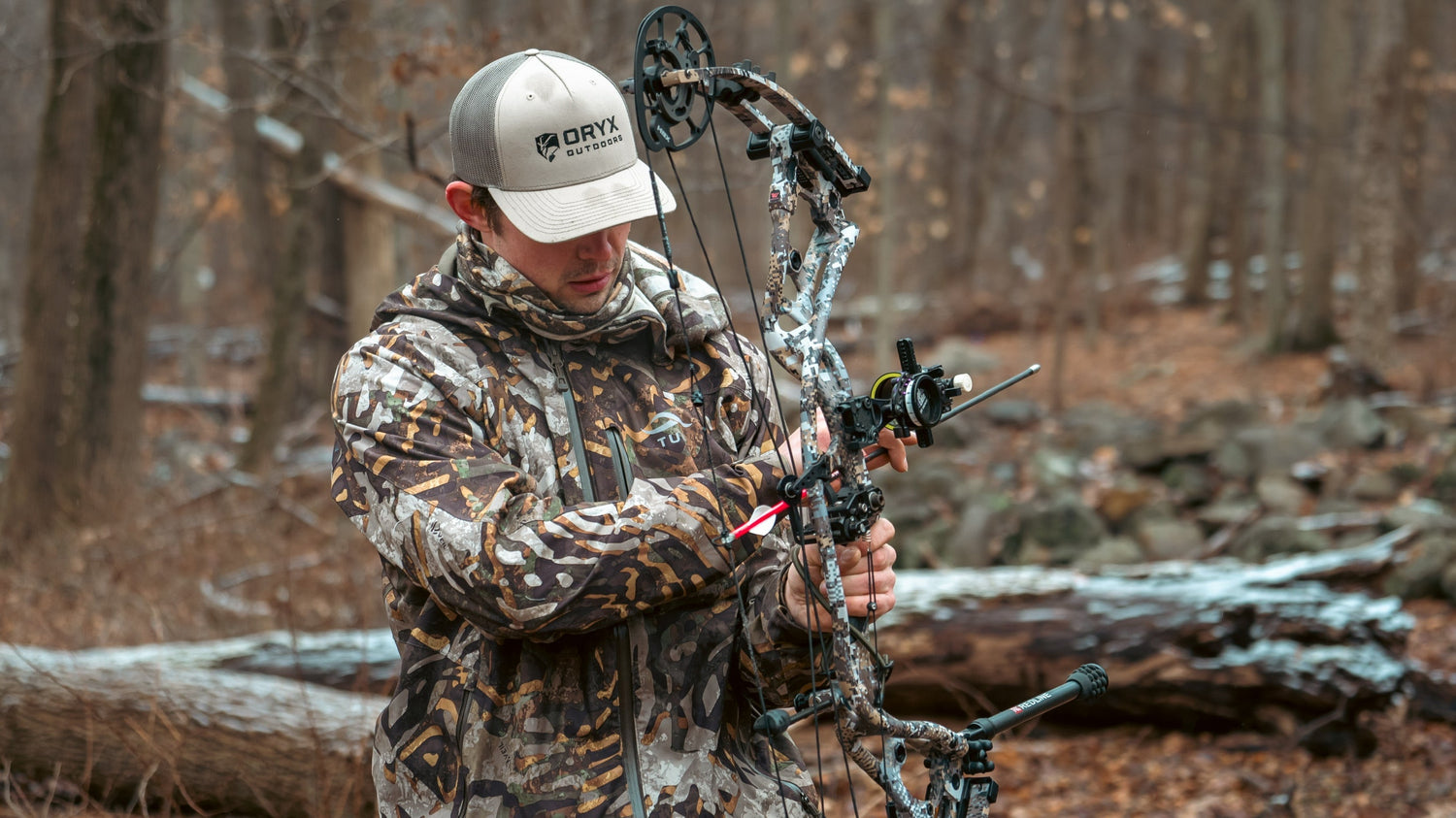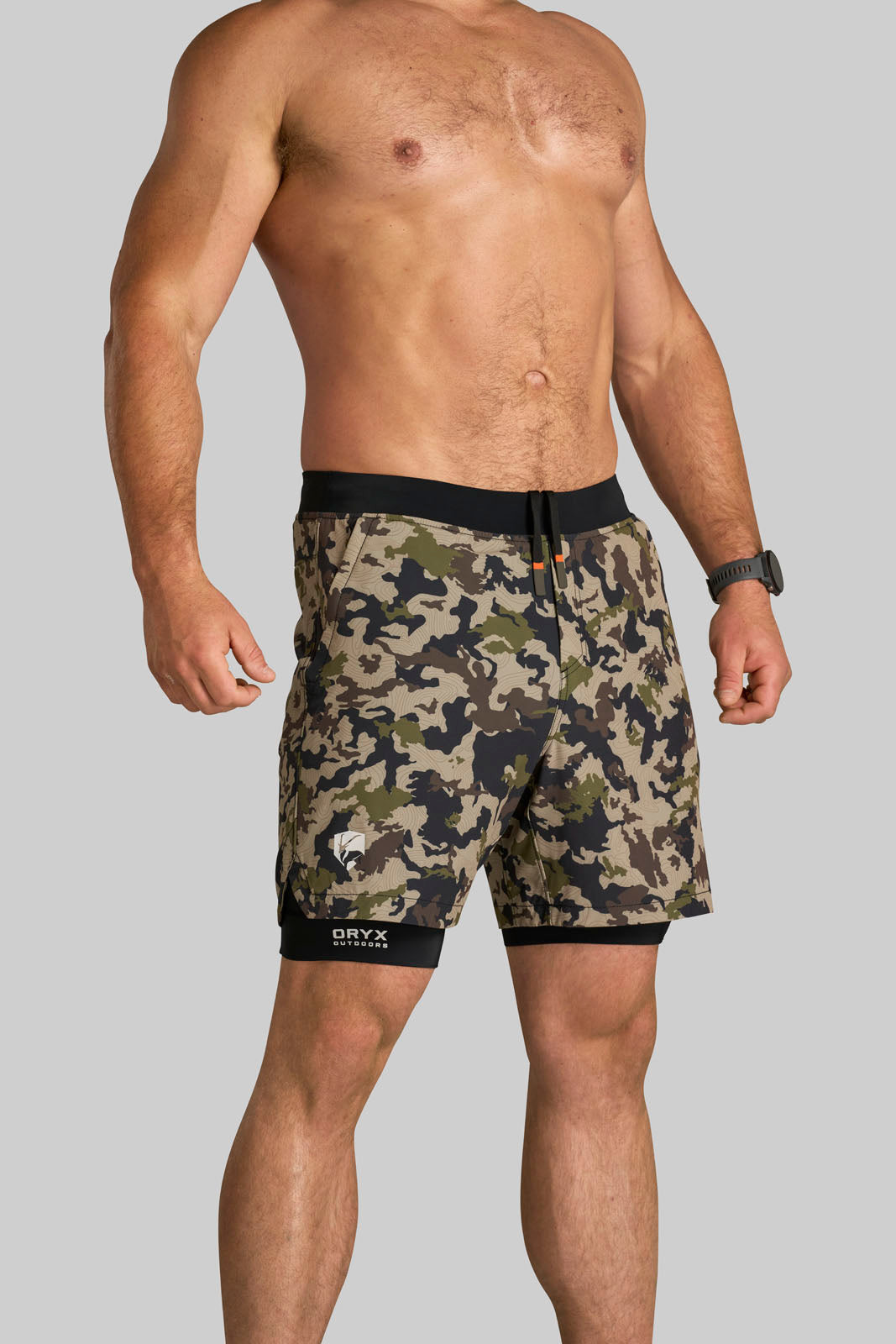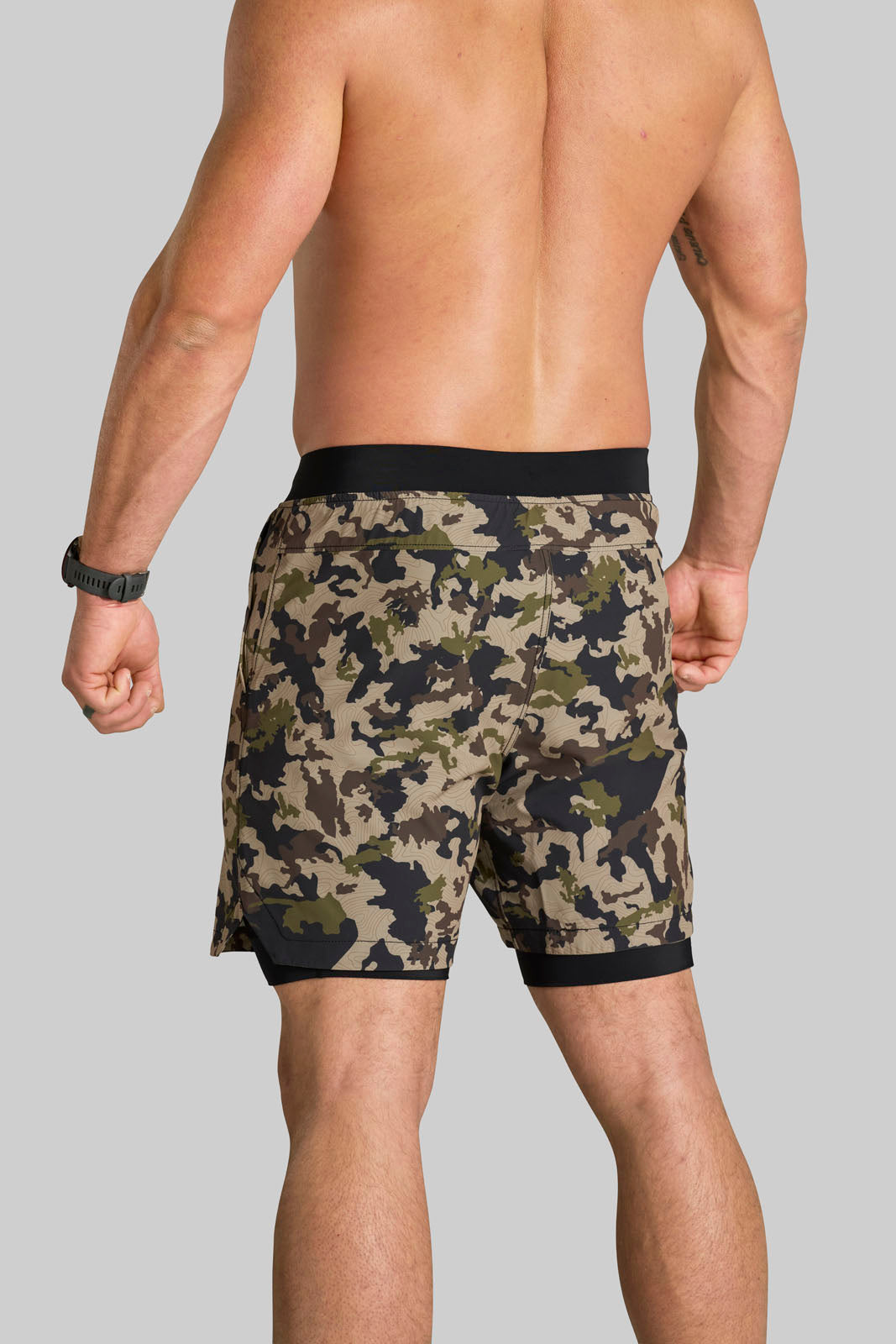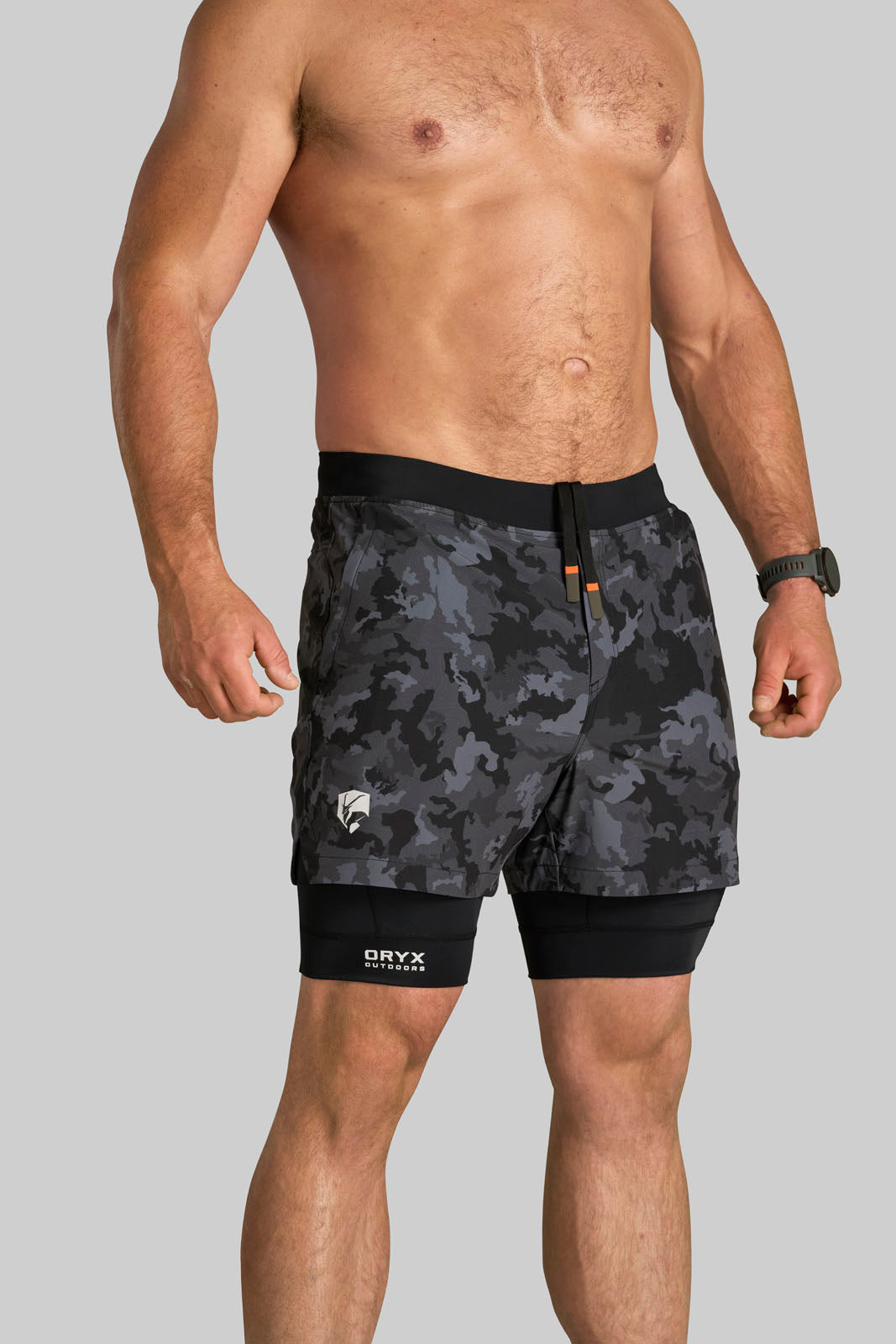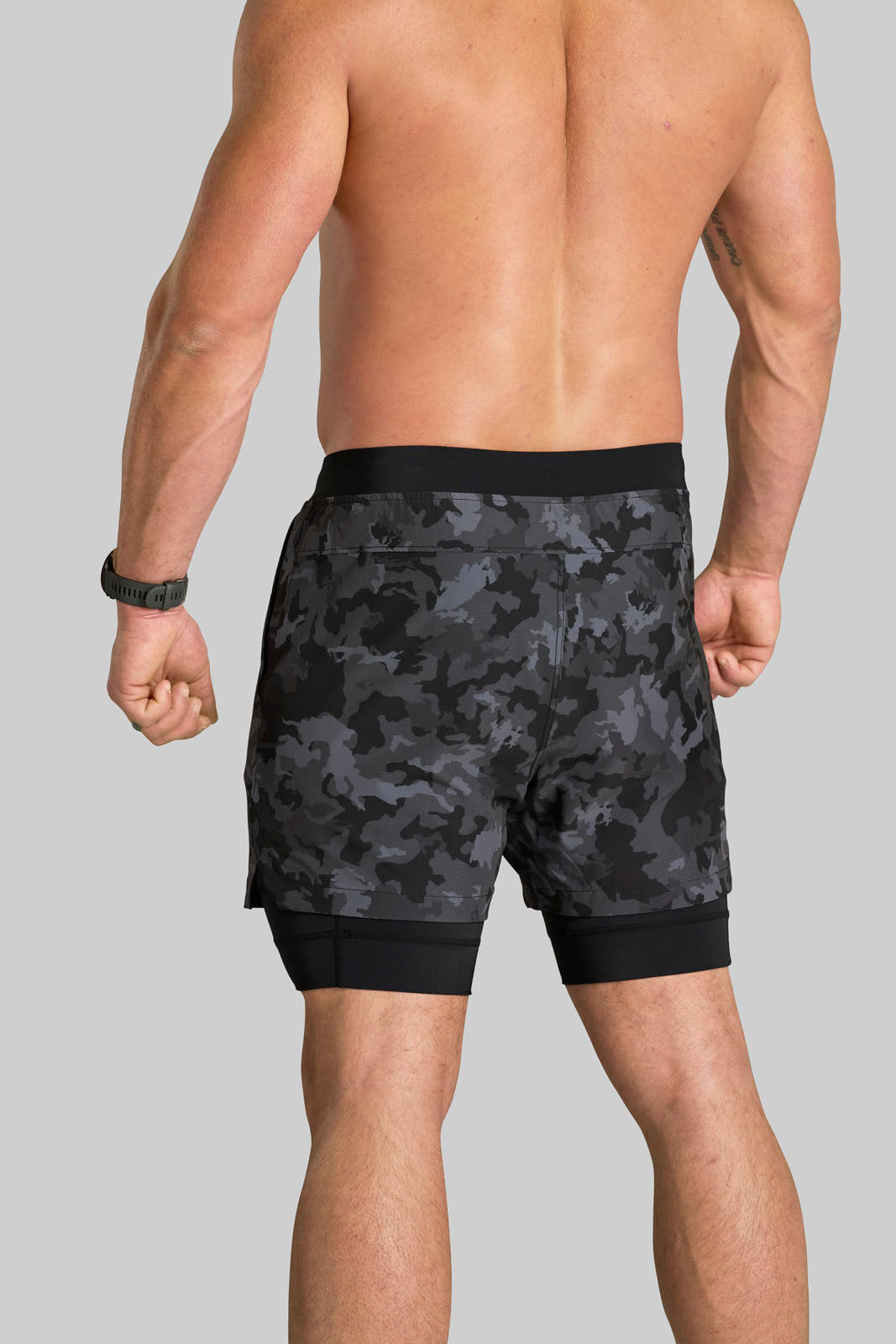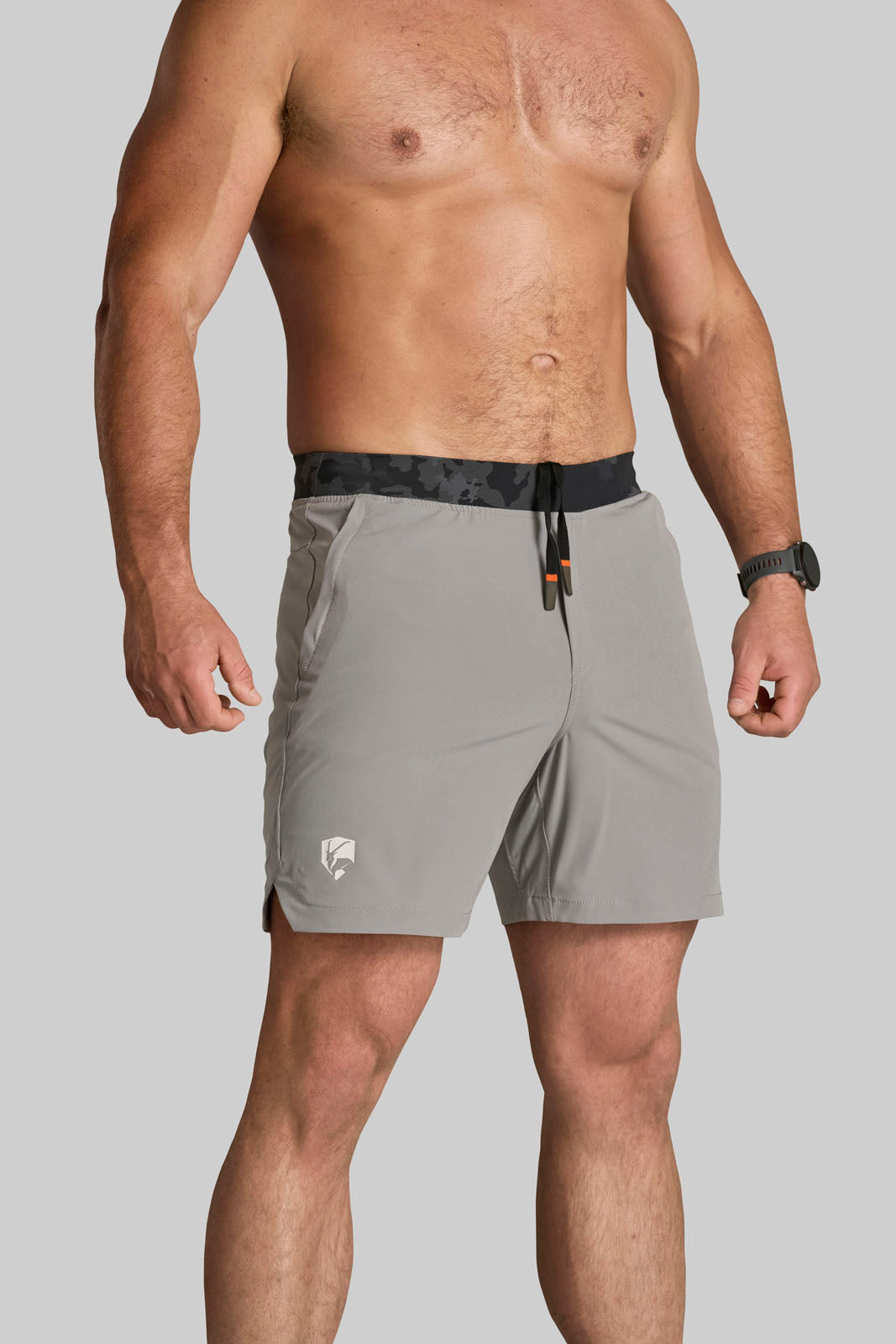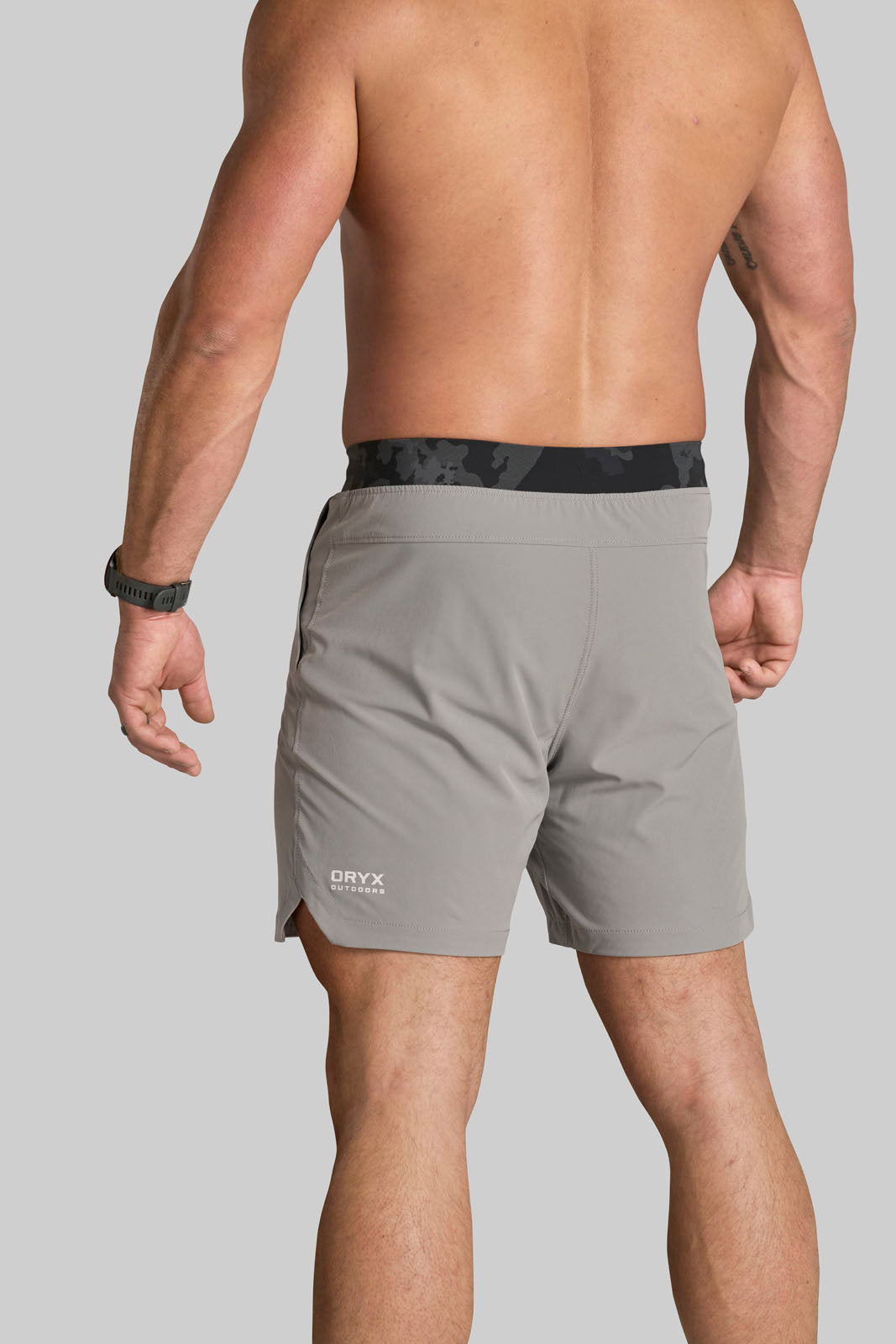The Season Every Hunter Lives For
October is the heart of big game season. Elk are still bugling in the high country. Whitetails are beginning to stir as the pre-rut heats up. Hunters everywhere are logging more days in the field, sometimes before the sun rises and long after it sets. But here’s the challenge: how do you balance time in the gym with time in the mountains?
For hunter-athletes, October isn’t the month to abandon training—it’s the month to adjust it. The gym remains a weapon in your arsenal, but your focus has to shift. Instead of pushing max strength or high-volume programs, you need to train smart, recover harder, and stay sharp without burning yourself out.
At Oryx Outdoors, we live this lifestyle every fall, and we’ve learned that the pursuit is about more than just showing up in the woods. It’s about finding the balance between gym and hunt so that you’re prepared for both.
Why Training Can’t Stop in October
It’s tempting to write off the gym when your mornings and evenings are already spent chasing elk or whitetails. But letting training slide completely has consequences:
- Strength Loss: Even 2–3 weeks off can lead to noticeable drops in strength and power.
- Injury Risk: Hunting alone isn’t balanced training. Without supplemental work, you open yourself up to overuse injuries.
- Mental Sharpness: The gym builds grit and discipline that carry into the hunt.
Training in October doesn’t need to be heavy—it needs to be strategic. Think of it as maintenance, not growth.
 How to Balance Gym and Hunt Time
How to Balance Gym and Hunt Time
Balancing the two comes down to a few principles:
Cut Training Volume, Not Intensity
- Instead of 5 heavy sets, do 2–3. Keep the weight challenging but reduce overall workload.
- This keeps strength sharp without draining recovery for hunts.
Prioritize Mobility and Core
- Hunting already gives you miles of cardio. The gym should fill in the gaps—mobility, stability, and injury prevention.
Short, Efficient Workouts
- 30–40 minute sessions are enough. Focus on compound lifts and explosive movements.
Schedule Around Hunts
- If you’re glassing or hunting mornings, lift in the afternoon—or vice versa.
- On brutal hunt days, skip the gym entirely and use mobility/recovery instead.
The October Hunter’s Gym Blueprint
Here’s a sample week that balances both worlds:
Day 1 (Strength Focus, 40 minutes):
- Deadlifts – 3 x 5
- Pull-Ups – 3 sets to failure
- Farmer’s Carries – 3 x 60 seconds
- Core Circuit – 2 rounds (planks, hanging leg raises, Russian twists)
Day 2 (Hunt Day)
- Skip gym, prioritize hydration and mobility (hips, shoulders, ankles).
Day 3 (Explosive Power, 35 minutes):
- Box Jumps – 4 x 8
- Kettlebell Swings – 4 x 15
- Push Press – 3 x 8
- Sled Drags or Pack Carries – 3 x 60 yards
Day 4 (Hunt Day)
Day 5 (Hybrid Strength + Mobility, 40 minutes):
- Squats – 3 x 5
- Single-Leg Step-Ups – 3 x 10 each leg
- Banded Shoulder Work – 2 x 15
- Deep Squat Hold – 2 x 45 seconds
Day 6 (Long Hunt or Scout)
Day 7 (Recovery + Mobility, 20 minutes):
- Foam roll major muscle groups
- Cat-cow stretches
- Hip 90/90 rotations
- Banded ankle drills
This program keeps your strength topped off, your joints mobile, and your energy available for hunts.
Nutrition During the Grind
October isn’t just about training smart—it’s about fueling smart. Long hunts and short gym sessions create a unique demand for calories.
- Morning Hunts: Quick-digesting carbs (oats, bananas, rice cakes) and a protein source keep you fueled.
- In the Field: Jerky, nut butters, trail mix, and protein bars balance portability and macros.
- After the Hunt: A recovery meal with carbs + protein is critical to restore glycogen and rebuild muscle.
Recovery: The Secret Weapon in October
Recovery is often the most neglected part of training during hunting season—but it matters more than ever. Long days in the field wear on your joints, feet, and back. Without recovery, you’ll be dragging by mid-month.
- Sleep: Aim for 7–9 hours. If your alarm clock says otherwise, fit in naps.
- Mobility Work: Hips, ankles, and shoulders should be stretched daily.
- Hydration: Replace electrolytes after every hunt.
Mental Discipline: The Grind Within the Grind
Balancing the gym and the hunt isn’t just about schedules—it’s about discipline. It’s easy to convince yourself you’ve “earned a break” from training after a long morning in the timber. But the hunters who keep their edge are the ones who find ways to do both.
That doesn’t mean you destroy yourself every day. It means you keep the barbell in your weekly routine, even if it’s just 30 minutes, because you know the mental edge it provides when you’re cold, tired, and staring at another ridge to climb.
 Real-Life Application: Pack-Out Ready
Real-Life Application: Pack-Out Ready
Here’s how balancing gym and hunt works in the field:
- You’ve already logged five days in the elk woods. Most hunters are exhausted. You, however, have maintained your strength and mobility in the gym. When the moment comes, you not only make the shot—you handle the pack-out with confidence.
- Or picture a whitetail rut hunt. Hours in the stand leave your hips tight and back sore. Because you’ve kept mobility in your routine, you can sit longer, draw smoother, and stay sharper when the opportunity arrives.
The gym doesn’t take away from the hunt—it enhances it.
Gear That Balances Both Worlds
Your gear should flow seamlessly from hunt to gym and back:
- Threshold Shorts: Durable enough for squats and functional enough for pack training.
- The Pursuit Tee: Lifestyle + training top that keeps the “Always in Pursuit” mindset front and center.
Stay in Pursuit Through the Grind
October isn’t just hunting season—it’s the grind season. Early mornings, long hunts, and short training windows test your commitment. But if you adapt your training, fuel your body, and focus on recovery, you can keep both your hunts and your strength sharp.
Don’t fall into the trap of “all hunting, no training.” Instead, find the balance that makes you a stronger hunter-athlete year after year. Because when the bugle echoes or that buck steps out, you don’t just want to be there—you want to be ready.


